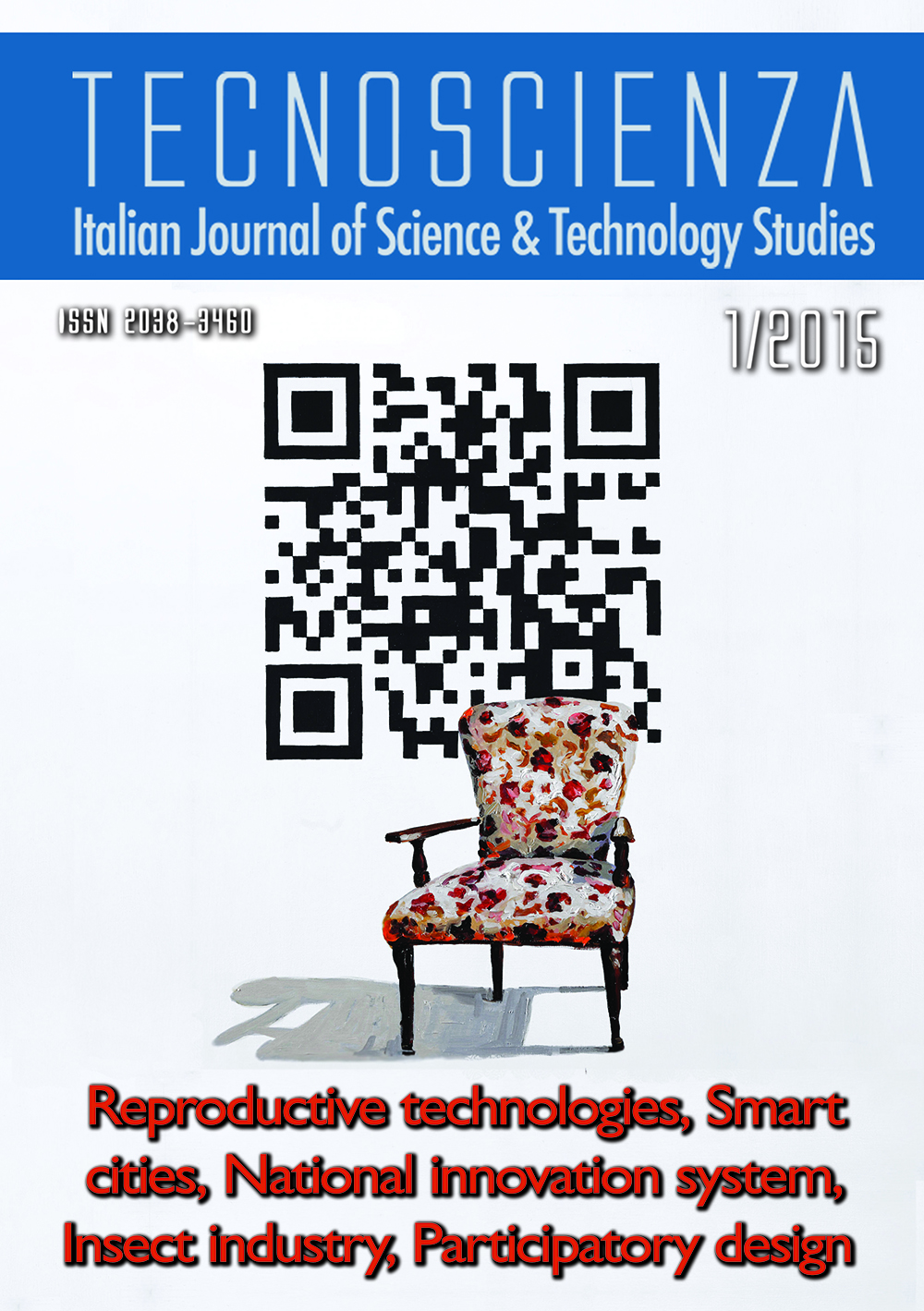The Rise of the Insect Industry. Sustainable Potential or Wasteful Accumulation
DOI:
https://doi.org/10.6092/issn.2038-3460/17241Keywords:
sustainable innovation, interspecies relation, anthropocentrism, biomimicry, solutionismAbstract
In this paper I explore the relationship between insects, technoscience and sustainability culture made possible by recent developments in fabrication, micro-robotics, and design. I define the resulting scenario as “Insect Industry”. This emerging agglomerate of practices and technological developments is comprised of practices and applications that promote, exploit and manipulate insects for their sustainable potentials. Among these practices is the flourishing of visionary micro-farming enclosures and experimental food-design, contributing to the urge to produce sustainable sources of food; the re-making of insects in micro-robotics; and the design of GM insects to help fight devastating diseases such as Dengue Fever. Although engaging with distinct fields of research and forms of creative entrepreneurship, these endeavors use very similar strategies and discursive patterns to promote innovation and sustainability, and the promise to fix the world. In illustrating a variety of examples in microrobotics, fabrication, and bioengineering, I ask: is this recent trend really marking the beginning of a new phase in sustainable innovation based on Humans/animals balanced coexistence or it rather constitutes another (maybe more acceptable or more palatable) form of exploitation of the non-human? Is this newly emerging “insect industry” obeying or rather contradicting the imperatives of economic growth and the principles of technological innovation supported by Western Culture?





